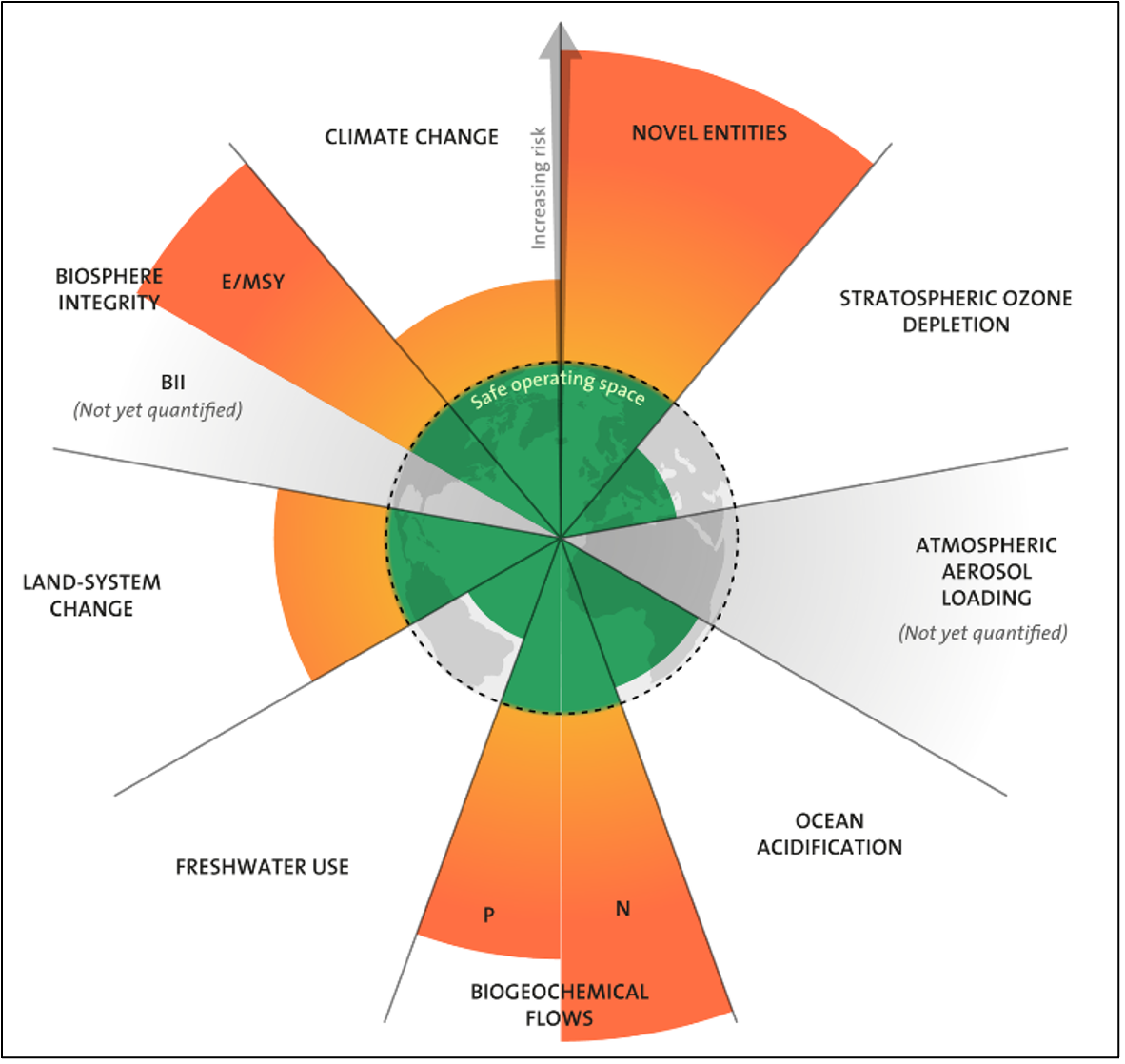Being at ease with not knowing is crucial for answers to come to you. - Eckhart Tolle
Innovation excites me. Don't make fun of me: I know I've said it before. I love nothing more than a good innovative gadget, one that solves a problem I have, but I buy responsibly. I'm not one to buy and throw away the next day. On the contrary.
I'm not obsessed, but just this morning, I clicked through to an article from the Financial Times' How to Spend It featuring clever gadgets from a mosquito deterrent air purifier, a streak-free steam cleaner for your windows (making its way to me as we speak, thanks internet) to an automatic garment cleaner (not yet sold in Switzerland, but I will find a way to get my hands on it).
In my early twenties, when I first noticed my higher-than-usual appeal for the new, whether gadgets or technologies, I assumed everyone else was more or less like me. Perhaps my passionate nature was thy I was more vocal about it than my friends and family.
It turns out that no, not everyone else cares. Of course, thankfully, I'm not alone; others have the same interests. And I must say, when I'm in a room with people like me, who love all things innovation, I feel more at home than in most other spaces.
Not all innovation makes it to your kitchen, your boardroom or your company's manufacturing plant, though. I heard this fact pointed out moments ago at the Re-Luxury Conference, the first gathering of its kind to embrace circular thinking for high-end brands in need of schooling or support on the subject.
Why doesn't all good innovation make it?
Because the innovative minds behind these fantastical and progressive new ideas aren't entrepreneurs.
They don't know how to take their ideas to market or how to develop them for the consumers.
The smart guy behind this remark is Arthur Auboeuf, the co-founder of what he refers to as 'climate-Tinder,' also known as Time for the Planet. This platform was born to match entrepreneurs to innovators (the Tinder part) whose mission is to enlist the private sector to move the needle through shared ownership to fund and build the solutions we need to keep our planet habitable or healthy.
This unique company recognises that to make a difference, we need to hack the existing system (capitalism). Businesses shape the world we live in; so why not turn things around to use business to create change, while creating value for shareholders?
The topic of the 'future self' often comes up in my writing, and I understand that for a large number of people, this is a flimsy notion (if they don't simply call it woo-woo). We have big problems to fix at all levels. As we are witnessing across the world, if we don't get involved in the solutions, the innovations, the new technologies that will shape our future, we are likely to be deeply impacted (and unhappy) about what that future looks like.
If you've never cared for this topic, now is the time to get interested. Because, despite recent excursions to Mars, for now, there is no planet B, and we need all the help we can get to fix planet A.
If that sounds stern, it's because the topic needs gravitas. I was reminded (I'd heard it but perhaps was in denial) that five out of the nine planetary boundaries have been crossed (see chart below), bringing us to a likely tipping point.
We need to act. Innovation can help.
We can't rely on old solutions alone; at least new thinking needs to happen for us to whip things into shape.
But on a mildly lighter note, here are some resources to motivate yourself or find your way to your own individual action:
Read ‘Three Things to Help Heal the Planet’ by Ana Santi. You can find plenty of ideas (more than three, actually) on how making small changes can make a difference. Or listen to the podcast interview to get yourself started.
Invest in the Time for the Planet movement (like I did today), and start funding innovation to help us reach a healthy 2050. You can start by watching this video to get a good grasp of the project (it's only a couple of minutes long).
Develop a relationship with your future self and start to look at the world like a futurist. There are plenty of methods out there, I’m going to suggest you put yourself in the expert hands of Jane McGonigal, whether you buy her book Imaginable, or watch one of her videos to get yourself started.
In the words of the team at Time for the Planet, “since nobody will save us, let’s save ourselves”.





